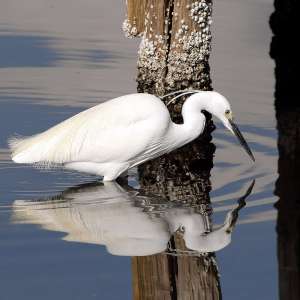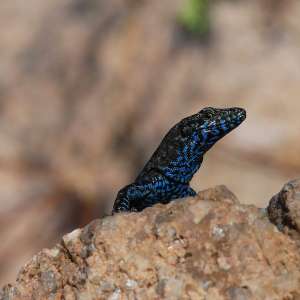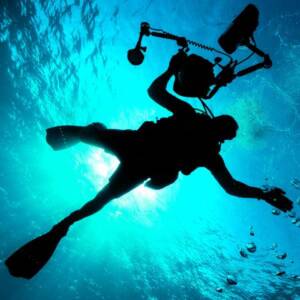Marine Protected Area of
Tavolara and Punta Coda Cavallo
The massive growth of tourist flows, opposed to the fragility of thin sandy shores and shallow waters, made the imposition of strict rules of environmental protection absolutely necessary. From the late 90’s, AMPT was established to protect the immense wealth of marine and coastal area. Located within this precious area, our residence contributes to its preservation by raising the awareness of guests. At the reception you will find news about the Marine Protected Area and regulations for the proper enjoyment of its natural beauty.
Look at the Map of the Marine Protected Area of Tavolara and Punta Coda Cavallo

From the botanical point of view, different habitats are home to many endemic species (there are 34 in the archipelago) and a lush Mediterranean scrub.
Among the endemic species that prove the considerable natural value of the area, Asperula deficiens is exclusive of Tavolara, and is one of the rarest plants in the world. The island is also home to a super-hybrid cornflower, a crossbreed of two other endemic plants, Centaurea filiformis and Centaurea horrida, that get in contact only on Tavolara. Other characteristic plants are Limonium hermaeum and a small geranium (Erodium corsicum), present only in Corsica and Sardinia.
The last sighting of a monk seal in Tavolara was in 1992, yet many rare bird species still find their ideal shelter in the island’s overhanging cliffs, including the shag (Phalacrocorax aristotelis desmarestii) and the Mediterranean shearwater (Puffinus yelkouan). The Golden eagle (Aquila chrysaetos) is the most important faunal presence: in the last few years, a couple has been breeding regularly on the island.
 Among the species that choose the Marine Protected Area for nesting and raising their young, there are tern (Sterna hirundo) and little tern (Sterna albifrons). There are gulls (Larus michahellis), and even rarer Audouin’s gulls (Larus audouinii), exclusive of the Mediterranean Sea. The nesting of some couples of peregrine falcon (Falco peregrinus) has been verified, besides the presence of buzzards (Buteo buteo) and kestrels (Falco tinnunculus).
Among the species that choose the Marine Protected Area for nesting and raising their young, there are tern (Sterna hirundo) and little tern (Sterna albifrons). There are gulls (Larus michahellis), and even rarer Audouin’s gulls (Larus audouinii), exclusive of the Mediterranean Sea. The nesting of some couples of peregrine falcon (Falco peregrinus) has been verified, besides the presence of buzzards (Buteo buteo) and kestrels (Falco tinnunculus).
In some periods of the year, at the pond of San Teodoro and the pond of Porto Taverna, in Porto San Paolo, you can see pink flamingos.

Exclusively on the small island of Molarotto there is an endemic lizard (Podarcis tiliguerta ranzii) that has a unique blue dotted dark livery.
For further information: www.amptavolara.com



